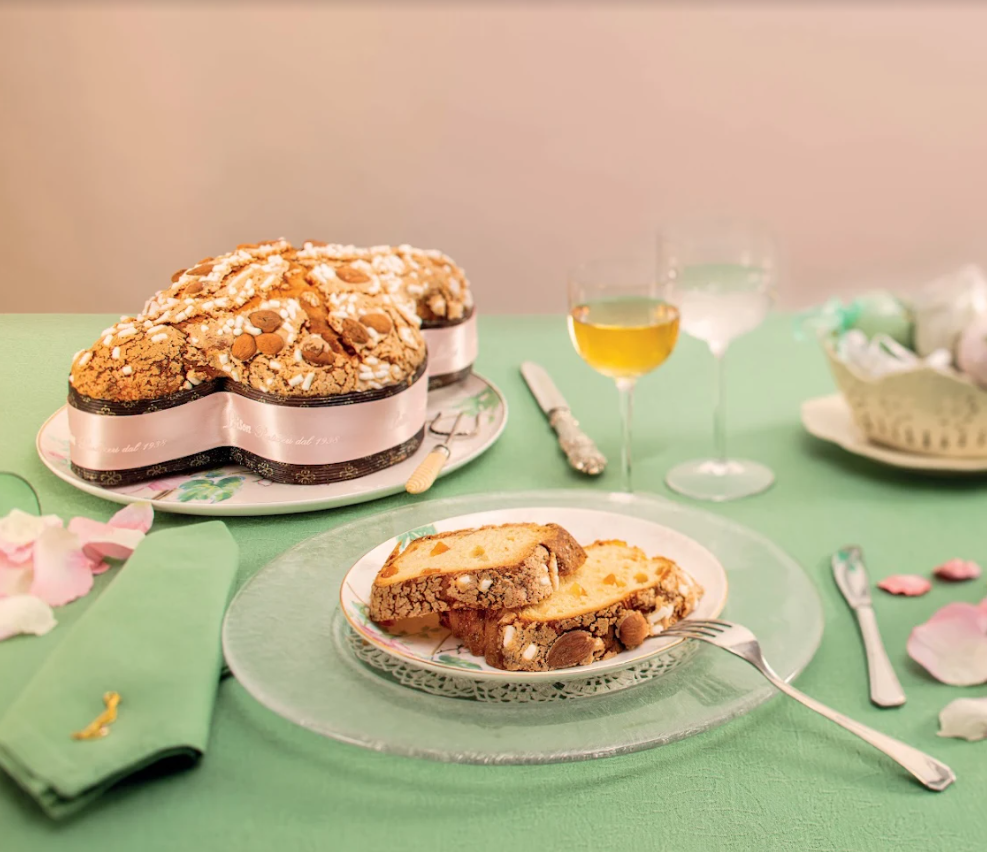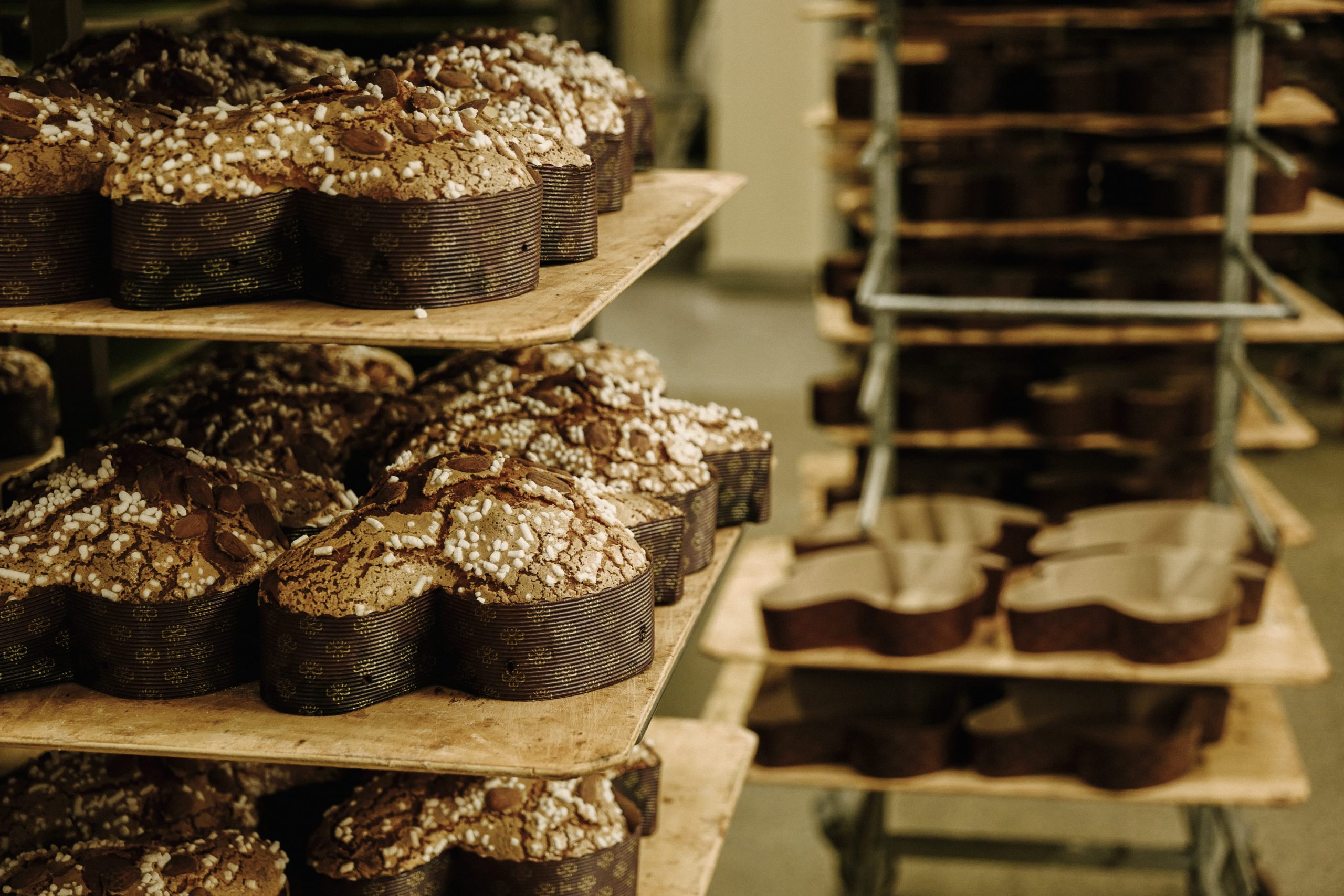In the Italian culinary tradition, Easter takes on a high symbolic value that brings with it an ancient historical and religious meaning. This is the case of Easter Colomba cake. Do you know its history? Let’s discover it together.
The history of the Easter Dove: between myths and legends
Let’s start from the origins. There is a story about the Easter Colomba cake which relates the cake to the Longobard king, Alboino, who conquered Pavia in 572 after a long siege. The king decided to spare the city from sacking because among the gifts received by the inhabitants there were delicious sweet rolls prepared in the shape of a Colomba cake, which in the Christian-Catholic religion are a universal symbol of peace.

A second legend about Easter Colomba cakes is found several centuries later, at the time of the battle of Legnano (1176), when emperor Frederick Barbarossa was defeated by the League of Lombard Communes. According to this version, Easter Colomba cakes were created by the will of a leader of the League of Lombard Communes who had a Colomba shaped bread made in honor of three doves.

But let us now come to modern history. We are still in Lombardy, in the thirties of the last century, when, in an attempt to take advantage of the same machinery and the same type of dough as Panettone, Colomba became the Easter cake par excellence.
Many of the ingredients of Colomba and Panettone are in fact the same: flour, eggs, butter, sugar, yeast and candied oranges.
The classic Colomba originally stood out for the use of honey and because its surface was covered with almonds and sugar icing. Today there are many variants, with fillings such as cream, chocolate, and various decorations to cover, just like Loison’s handcrafted Colombas.

